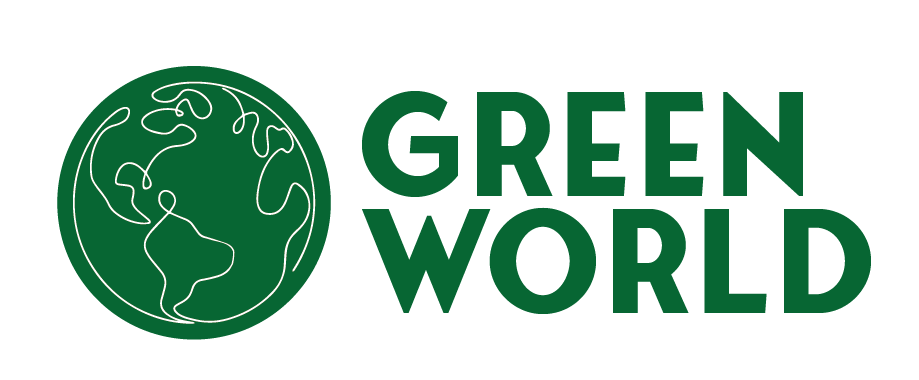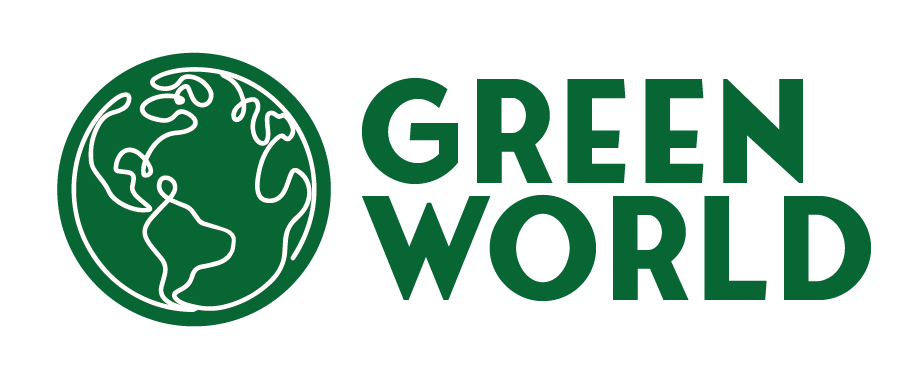The global oil market experienced a marked deceleration in demand growth during 2024, according to the latest Global Energy Review. Consumption increased by just 0.8%, equivalent to 830 thousand barrels per day (kb/d) or 1.5 exajoules (EJ), bringing total demand to 193 EJ. This represents a sharp slowdown compared to the 1.9% expansion seen in 2023 and trails the average annual growth rate of over 1% observed in the decade before the pandemic (2009-2019). The IEA attributes this cooling trend to the fading boost from post-Covid mobility recovery and the increasing headwinds from structural shifts, including slower industrial expansion and the accelerating adoption of electric vehicles (EVs). Significantly, oil’s proportion of total global energy demand slipped below 30% for the first time, a historic marker occurring 50 years after its peak share of 46%. Despite the slowdown, total oil consumption in 2024 managed to edge 1.3% above 2019 levels.
Petrochemicals and Aviation Emerge as Key Oil Demand Drivers
While overall growth moderated, the petrochemical and aviation sectors provided the main thrust for oil demand in 2024, each contributing approximately half of the year’s increase in energy terms. Demand for petrochemical feedstocks demonstrated sustained strength, rising over 12% between 2019 and 2024. This resilience stems largely from the continued demand for plastics, coupled with limited progress in substitution or significant efficiency gains in their production. Conversely, the road transport sector, a major driver of the post-pandemic rebound, saw its influence wane considerably, contributing only 5% to oil demand growth since 2022 (in energy terms) and experiencing a slight dip in 2024. Non-feedstock oil consumption, primarily for transport fuels, remained roughly static compared to 2019 levels, despite global GDP growing by about 14% over the period. This divergence underscores the dampening effects of EVs, high-speed rail expansion, energy efficiency improvements, and altered work patterns like remote working on traditional fuel demand.
Regional Oil Demand Trends: China Slows, Advanced Economies Stagnate
The global slowdown masked significant regional variations in 2024 oil market trends. China, previously a powerhouse of demand growth, saw a dramatic deceleration, with oil consumption rising only 0.8% after an 8.7% surge in 2023 when Covid restrictions ended. Factors contributing to this slowdown include China’s world-leading EV deployment, increasing use of natural gas in trucking, expansion of high-speed rail, and challenges in the property sector. Furthermore, the lack of a repeat oil price drop like the one seen in 2023 also tempered demand. Notably, China’s appetite for petrochemical feedstocks alone has accounted for more than the entire net increase in global oil demand since 2019.
Meanwhile, oil demand in advanced economies remained largely flat, registering a slight decline of 0.1% overall in 2024 and staying 5.4% below 2019 levels. US oil demand was unchanged year-on-year, remaining 4.3% lower than pre-pandemic, with a 7% drop in non-feedstock uses (partly due to teleworking impacting gasoline demand) offset by an 18% rise in petrochemical feedstock use. The European Union mirrored this stagnation, with demand flat in 2024 and 7.0% below 2019. Japan witnessed a more pronounced decline of 4.4% in 2024, leaving its consumption 11.8% lower than in 2019. Falling road transport fuel use, driven by efficiency standards, EV uptake, and remote work, was a common theme across these developed nations.
Developing Asia Leads Growth; Mixed Picture in Africa & Latin America
Elsewhere, the growth narrative was centered on developing Asia. India stood out as the single largest contributor to global oil demand growth in 2024, with consumption rising by 3.4% propelled by its dynamic economy, pushing demand 11.6% above 2019 levels. Southeast Asia also recorded robust growth (+2.6%). However, the picture was less uniform across Africa and Latin America. Persistently high oil prices and a strong US dollar posed significant challenges for oil-importing nations, leading to fuel affordability issues and demand declines in Africa during both 2023 and 2024. In Latin America, growth was largely concentrated in Brazil. The demand for liquid biofuels also saw an uptick globally in 2024, led by consumption increases in Brazil, the United States, India, and Indonesia.



